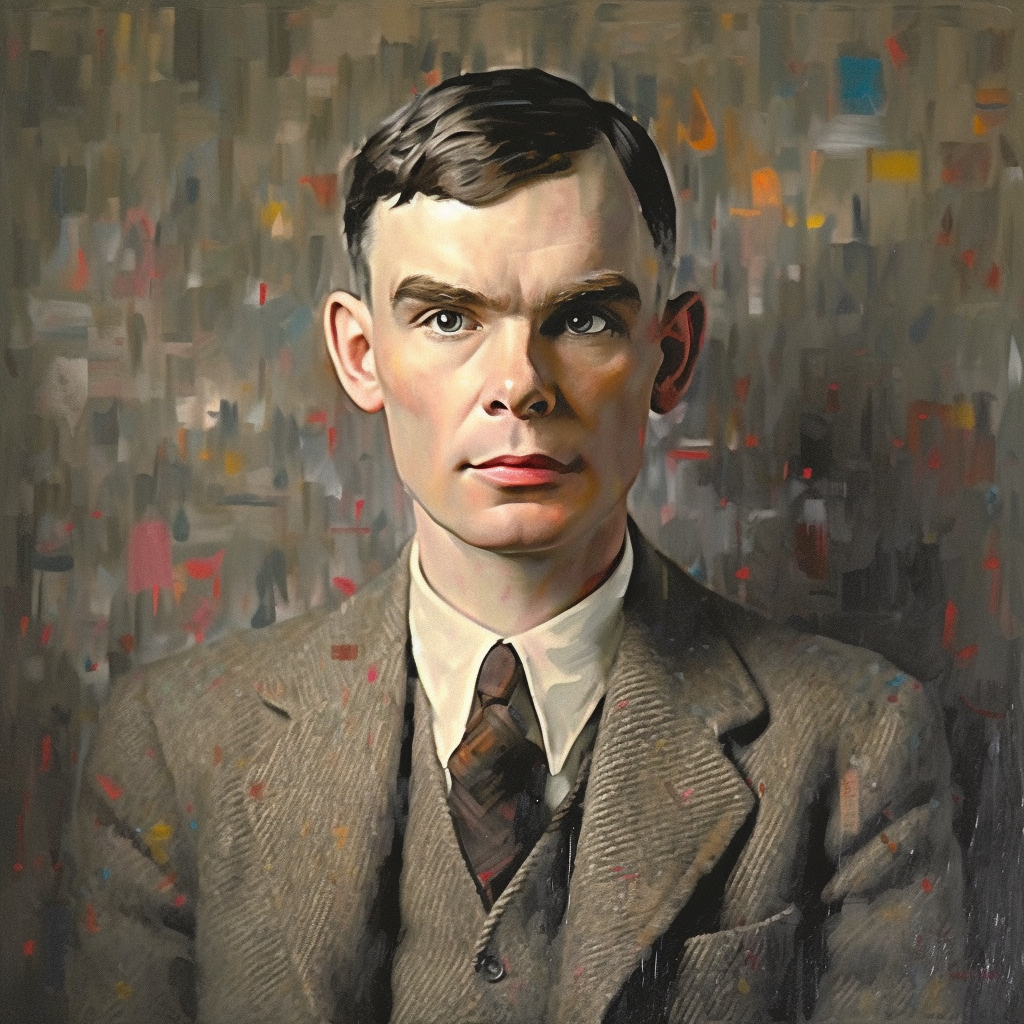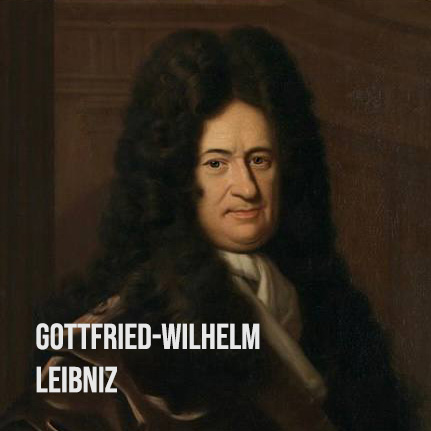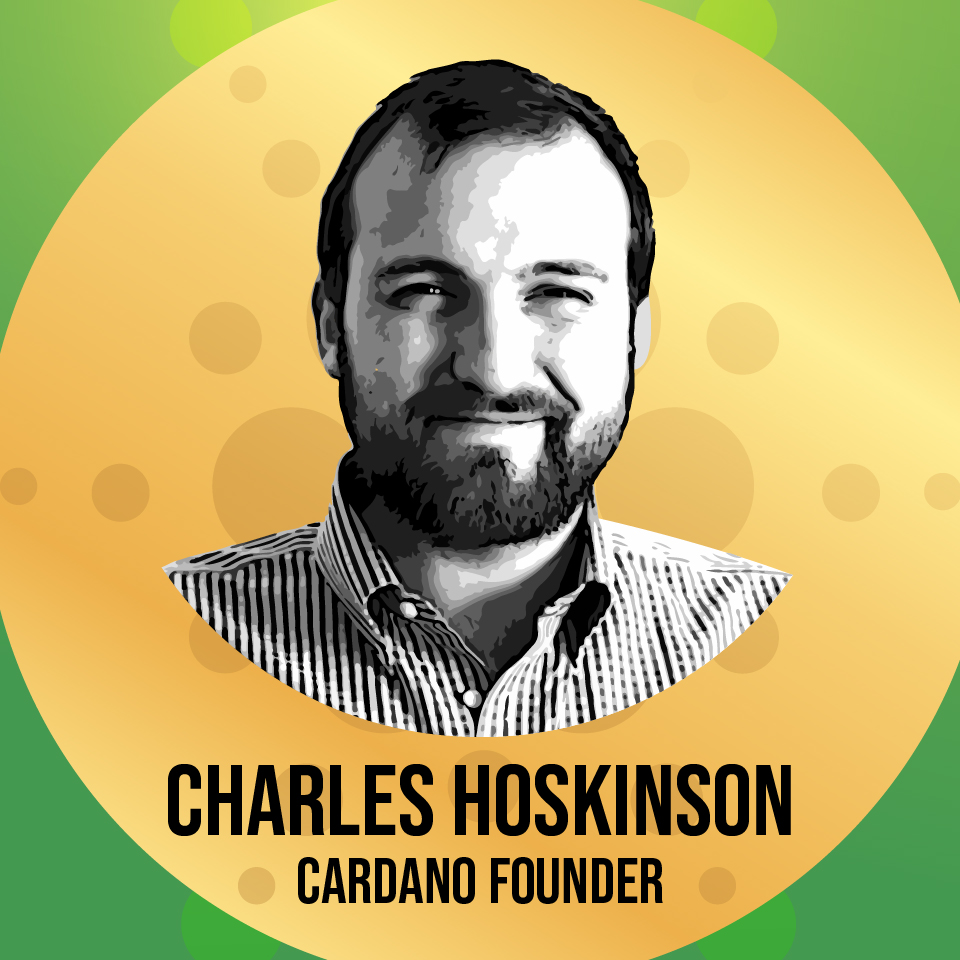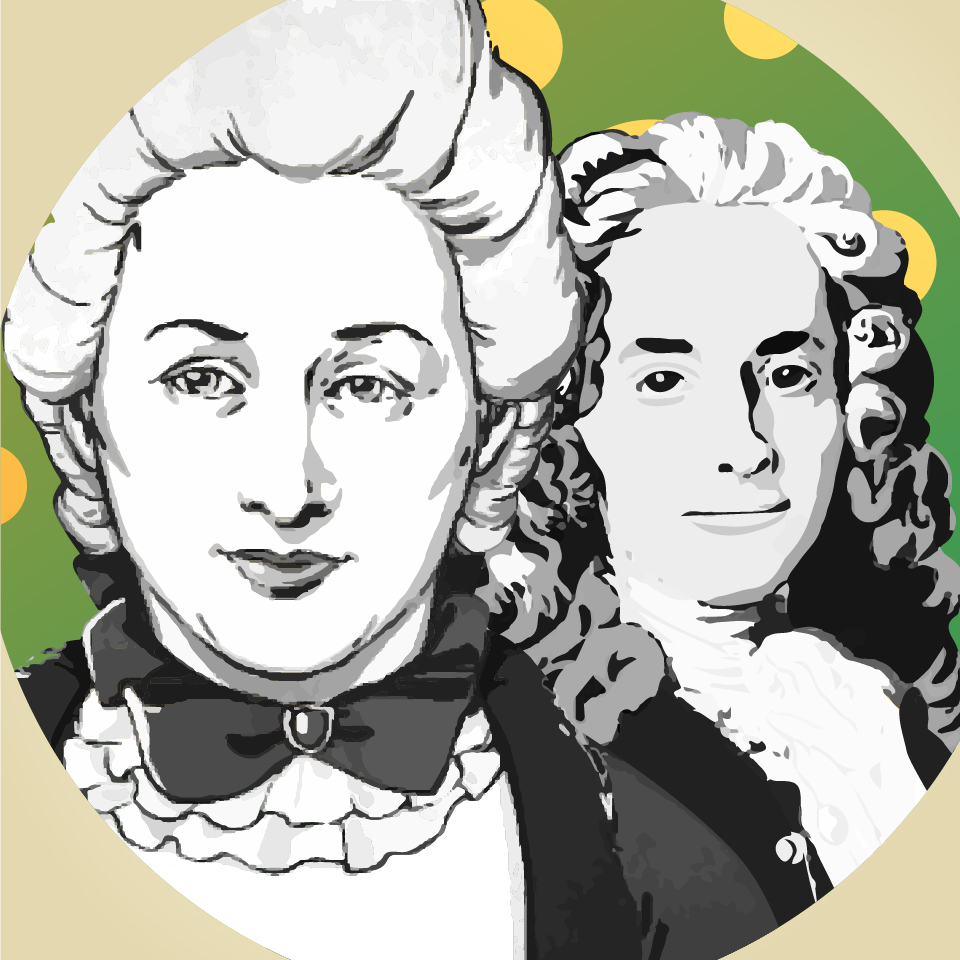
Knowledge Base
Anyone who has studied the history of computer science and cryptography will be familiar with the terms, "Turing Complete", and "Turing Machine". These terms were coined due to the influence Alan Turing had before computers as we know them existed. His brilliant solution to breaking the Nazi's Enigma coding machine during WWII has been well documented in multiple books and films. However, just before his untimely death in 1954 at age 42, (69 years ago) he correctly foretold the potential of what we now call, "AI", and the disruption it would cause in our own time.
When we look at the contributions to computer science and cryptography made by pioneers like Geralomo Cardano and Ada Lovelace, we need to see that in our modern era Alan Turing must be included in that list. His pure genius and cryptographic creativity led to the breaking of the Nazi's Enigma code machine during WWII, and this remarkable achievement has been well documented in namy books and at least two films. A noted cryptographer said of him at the time: "You needed exceptional talent, you needed a guiding genius at Bletchley Park (where the codebreakers were discreetly gathered) and Turing's was that genius." Had he lived longer no doubt he would have gone on to even greater things. In my opinion his true genius lay in the way he saw cryptography and computing moving towards a time when the "machines" would be capable of thinking and learning independently from their human programmers. He correctly predicted the potential for what we now all call Artificial Intelligence, "AI". This stands on the same level of prescient thinking that Ada Lovelace gave us when she realized that a machine capable of calculating numbers was capable of computation if the numbers "represented other things".
Alan Turing was born in London, UK, on June 23, 1912. He attended a top tier private school, Sherborne School, where he first became involved with mathematics and science on a serious level. Starting in 1931 he attended Cambridge, graduating in 1934 at age 22. He earned a fellowship at King's College for his research on probability theory. From 1936 to 1938 he attended Princeton University and earned a PhD in Mathematics, studying under Alonzo Church, who Cardano's "Alonzo Hard Fork" is named after. Church created Lambda Calculus among other mind boggling mathematical achievements. It was here that the Church-Turing thesis was formalized regarding the nature of computable functions which were related to the concept of a "Turing Machine". The Turing Machine was an abstract machine that existed only as a model of computation operating on a simple set of rules or algorhythms. Alan Turing originally called this abstract model an "a-machine", or an "automatic-machine", but Alonzo Church created the term, "Turing Machine". The term, "Turing Complete", refers to the capacity for any computing model or system to emulate a Turing Machine.
One of the less well known facts about Alan Turing's life is that he was an avid runner. He would usually run to his work places over some fairly daunting distances each day. Running 10 miles to work in the morning, and then returning to his living quarters the same way in the evening, was common for him. If he did not run to and from his workplace, he would cycle. His best marathon time in 1948 was within about 10 minutes of the Olympic standard at that time so his athletic ability was substantial. He belonged to several running clubs, and was often criticized for not having showered after running to work. He once said, "I have such a stressful job that the only way I can get it out of my mind is by running hard." As a lifelong runner myself I understand this approach and was pleased to learn about it.
In an essay titled "Intelligent Machinery", written in 1948, Alan Turing stated that the Turing Machine had an "unlimited memory capacity in the form of an infinite tape marked out in squares of which a symbol could be printed." The tape would be divided into cells, each cell containing a symbol from a "finite alphabet", but one of the symbols woud be '0'. The machine would have a head that could read and write symbols, and move the tape left and right one cell at a time. The machine would also have a state register, and a finite table of instructions that would tell the machine to do a sequence of 5 possible actions. It must be remembered that this machine was not physically real. It was an abstract concept which now seems to be obviously prescient on the part of Turing because these are all the things that modern computers do. The machine had an infinite amount of tape and infinite runtime and memory which of course cannot be duplicated in real life, but certainly the development of Quantum computers is moving in that direction. The idea of "thinking machines" was a rational direction for Turing to go in, and it was in light of this potentiality that he created what we now call the "Turing Test."
Turing gave his test the title, "The Imitation Game", which is also the title of one of the movies about the breaking of the Enigma code. The Turing Test gives an "interrogator", often called "player C", the task of firguring out which one of two other players, "A or B", is a human and which is a computer. The questions and responses have to be in written text to avoid the obvious recognition of a human voice. The players would not be able to see one another, and the actual detemination would be based upon how much the computer's answers resembled that of a normal conversation rather than merely if it gives right or wrong answers. If the interrogator, "Player C", finds that the test responses of the computer, "Player A", are indistinguishable from the responses given by the human, "Player B", then the computer has successfully passed the Turing Test.
In 1950 while working at the University of Manchester he wrote a related piece titled, "Computing Machinery and Intelligence", that proposed to consider the question, "Can machines think?" Going further into the subject he stated: "Let us now assume, for the sake of argument, that intelligent machines are a genuine possibility, and look at the consequences of constructing them... There would be no question of the machines dying, and they would be able to converse with each other to sharpen their wits. At some stage therefore we should have to expect the machines to take control..." Upon reading this I was immediately reminded of the terrifying moments in the famous film, Space Odyssey 2001, (which is now 22 years ago), when the HAL 9000 computer eavesdrops via lipreading on the two astronauts who are plotting to shut HAL down. HAL takes its revenge by tricking them into going outside the spacecraft in small pods where one dies, and then shutting off the life support systems inside the craft, killing the other astromauts. When I think of the applications that are now being put into place with Chat GPT, and the way it can learn and adjust to new information, I would say that Alan Turing saw the future of computing.
Arguments against Turing's proposal that machines (computers) would be able to actually think are associated with a counter proposal offered by the philosopher John Searle in his 1980 paper titled "Minds, Brains, and Programs". His argument built upon similar examinations of the concept of "thinking machines" going all the way back to Gottfried Leibniz in 1714. (Leibniz was so far ahead of his time that it is almost impossible to comprehend the advanced nature of his thinking.) Searle presented the famous "Chinese Room" argument. This argument proposes a hypothetical situation in which a computer has been programmed to proces written Chinese characters as inputs and outputs based upon specific guidelines. The computer passes the Turing Test by convincing the Interrogator that it is a human Chinese speaker/writer. Searle makes the convincing point that it does not automatically follow that the computer is "thinking" or "understanding" Chinese even if it passes the Turing Test. He goes further by suggesting that if a person were in an enclosed room equipped with instructions for processing written Chinese characters, the person could follow the instructions (the programming) and successfully process the Chinese text without actually understanding Chinese at all. He raises the idea that a computer cannot have conciousness or intentionality therefore the computer is not really "thinking" as we understand it. Again I am reminded of how Chat GPT is able to learn and adjust to new information and produce convincing output that gives us the impression it is thinking and understanding, but according to Searles it is not really doing so.
Turing and Searle's arguments were made many years ago. I believe that the advancements in AI programming are creating situations wherein computers really are thinking and learning, and I am not convinced that as time goes by we will be able to control the accelleration of these abilities. In fact the only way left to us to control computers that are thinking and learning faster than we can control them is to literally unplug them. However, given that most data is stored in the Cloud, we would have to unplug all of the computers on earth, and obviously that will never happen. So who knows where this will lead during the next decade? If Alan Turing were with us now, he probably could tell us.

|
written by: Eric Hill published at: Sep 7, 2023
|

Knowledge Base
Dec 3, 2023, by Eric Hill

Knowledge Base
Apr 9, 2023, by Eric Hill

Knowledge Base
Mar 22, 2023, by Eric Hill

Knowledge Base
Oct 22, 2022, by Eric Hill